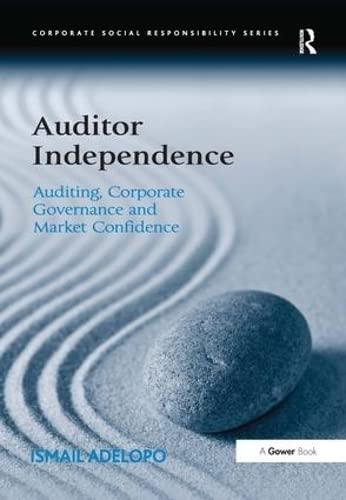The following information is taken from the 2019 annual report of Bugant SA. Bugant's fiscal year ends December 31 of each year. Bugant, SA Statement of Financial Position December 31, 2019 Assets Plant and equipment (net of accumulated depreciation of 160) 1,840 Inventory 1,800 Cash 450 Total current assets 2.250 Total assets 4,090 Equity Share capital 1,500 Retained earnings 1,164 Liabilities Bonds payable (net of discount) 1.426 Total equity and liabilities 4,090 Note X: Long-Term Debt On January 1, 2017, Bugant issued bonds with face value of 1,500 and coupon rate equal to 10%. The bonds were issued to yield 12% and mature on January 1, 2022 Additional information concerning 2020 is as follows. 1. Sales were 2,922, all for cash. 2. Purchases were 2,000, all paid in cash. 3. Salaries were 700, all paid in cash. 4. Plant and equipment was originally purchased for 2,000 and is depreciated on I a straight-line basis over a 25-year life with no residual value. 5. Ending inventory was 1.900. 6. Cash dividends of 100 were declared and paid by Bugant 7. Ignore taxes 8. The market rate of interest on bonds of similar risk was 16% during all of 2020. 9. Interest on the bonds is paid semiannually each June 30 and December 31. Accounting Prepare an income statement for Bugant for the year ending December 31, 2020, and a statement of financial position at December 31, 2020. Assume semiannual compounding www.freebookslides.com Analysis Use common ratios for analysis of long-term debt to assess Bugant's long-run solvency. Has Bugant's solvency changed much from 2019 to 2020? Bugant's net income in 2019 was 550 and interest expense was 169.39. Principles Recently, the FASB and the IASB allowed companies the option of recognizing in their financial statements the fair values of their long-term debt. That is, companies have the option to change the statement of financial position value of their long-term debt to the debt's fair (or market) value and report the change in statement of financial position value as a gain or loss in income. In terms of the qualitative characteristics of accounting information (Chapter 2), briefly describe the potential trade-off (s) involved in reporting long-term debt at its fair value








